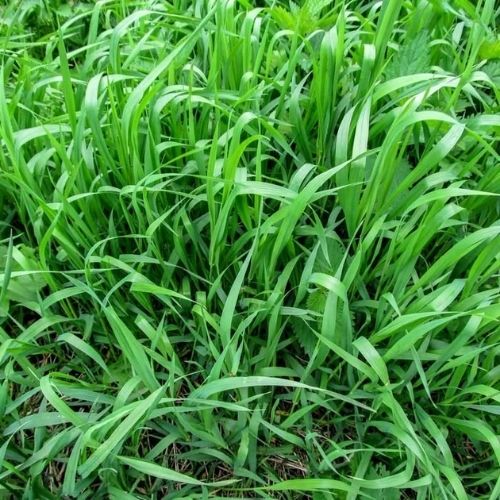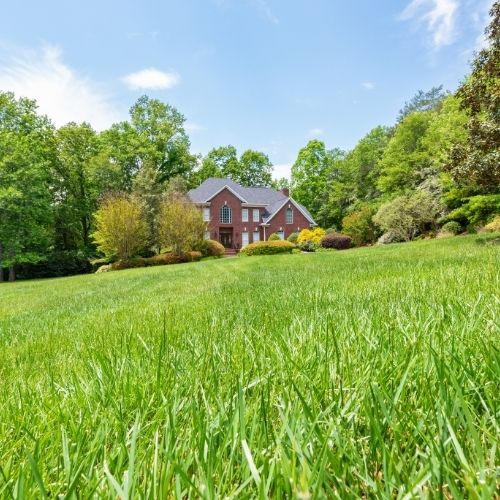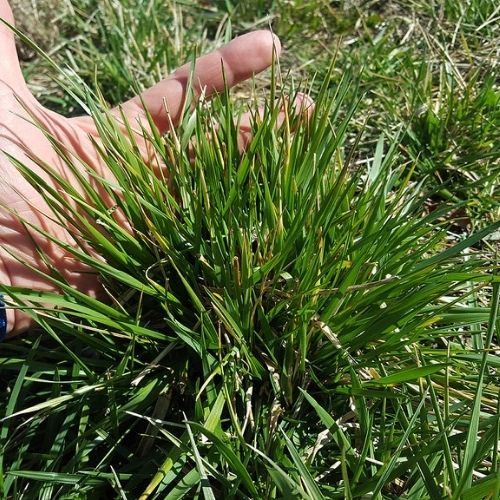Updated: 9/21/2021
How to identify crabgrass?
In this post, we discuss the differences between Crabgrass, Fescue, and Quackgrass, and ways to control them, and how to identify them.
These weed grasses are often misidentified and if you want to perform the right kind of weed control, it helps to know which type you’re trying to remove.
What Does Crabgrass Look Like?
Aliases: crowfoot grass, finger grass, pigeon grass, polish millet
Nearly every U.S. and southern Canada state is plagued by this super-fast-growing annual.
How To Identify Crabgrass:
- Leaves when young are about the thickness of a pencil
- The blades of grass come straight from the steam and push outward
- As it ages, the steams get heavy and fall, then you can see a star shaped pattern in the middle.
- Bright green color when young, may show purple on steams as well.
This weed is so invasive and troublesome, that just the thought of dealing with it can make you shudder. Early treatment can prevent a lot of crabgrass difficulties later.
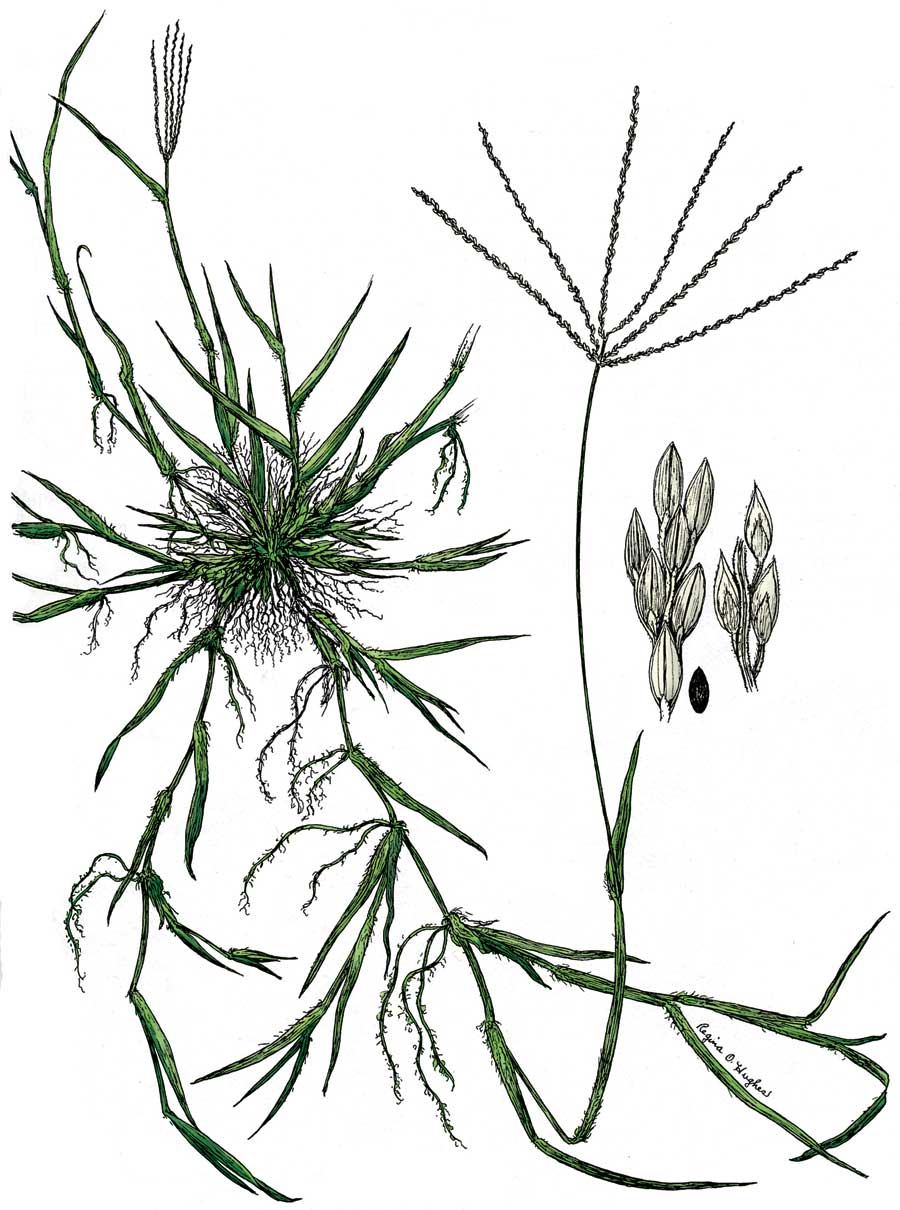
Crabgrass look alikes
Identifying crabgrass can be a problem because of the assortment of portraits it can claim.
It has many faces, due to its ability to adapt to various growing circumstances. Crabgrass gets confused by these other weeds:
- Devil grass
- Quackgrass
- Bermuda grass
How To Remove & Prevent Crabgrass
- You may pull what you think is the plant, but fail to get the stems that have rooted at the nodes. Secondary stems will sprout off the main stem, a foot or two away from the main crown.
- Hand weeding and hoeing are effective measures of controlling crabgrass, and mulching will help, as long as you spot and remove any seedlings that sneak through the mulch.
- Crabgrass grows best in acidic soil, so reducing the soil’s pH by adding lime, you will reduce the level of acidity and make it harder for it to thrive.
Steps To Getting Rid Of Crabgrass
Here are several things you can do to get control over it. Follow these steps to help prevent and get rid of crabgrass altogether:
- Keep crabgrass seeds from spreading.
- Kill existing crabgrass.
- Remove dead crabgrass plants.
- Replant bare lawn spots with new grass seed.
- Apply a crabgrass preventer at the appropriate times.
- Set your lawnmower at the high end of the range that is best for your grass type.
- Restrict excess fertilizing or too-frequent watering.
- Keeping your lawn healthy is the most conducive way to get rid of crabgrass.
Does fescue grass look like crabgrass?
Yes, it does! That’s why tall fescue is always mistaken as crabgrass. Here is the biggest difference between fescue and crabgrass: check the color and size.
- Tall fescue grass is mostly very thick and grows very fast in big bunches in the yard.
- Crabgrass is usually light green and can be found on the edges of the lawn or in very thin parts of the lawn.
Fescue grasses are known for their drought and shade tolerance, making them a desirable species because of their suitability to different conditions.
They are cool-season grasses, growing mainly in the transition zone of the United States and Canada.
Possessing the ability to stay green all year long adds to their desirability as a turfgrass species.
Where many species will not grow, Fescue grasses are able to effectively fill in this gap in growing conditions.
How to Identify Crabgrass : Quackgrass vs Crabgrass Identification
Aliases: couchgrass, quitch grass, creeping wheat
Thin, creeping underground rhizomes spread and release chemicals that inhibit the growth of other plants.
This weed is common pasture grass in some areas, so if you are buying hay mulch or composted manure from somewhere this plant is common, make sure it isn’t loaded with quack grass seed.
How to get rid of quackgrass
- Quackgrass roots break easily as you handle them, so go slowly and take care to remove root fragments as you dig up the grass clumps.
- The runner roots have to be removed completely, using a garden fork, rake, and hoe.
- Repeat often, to dig roots out, until all the bits are gone.
- Let the quack grass dry fully in the Sun before composting it.
What does quackgrass look like?
- Leaves and stems do not have hair
- Can grow up to 3 feet
- Quackgrass has auricles, or like small little hands or hooks that wrap around the stem
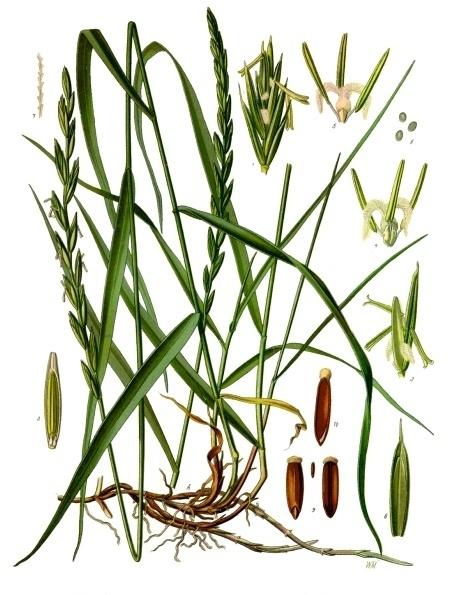
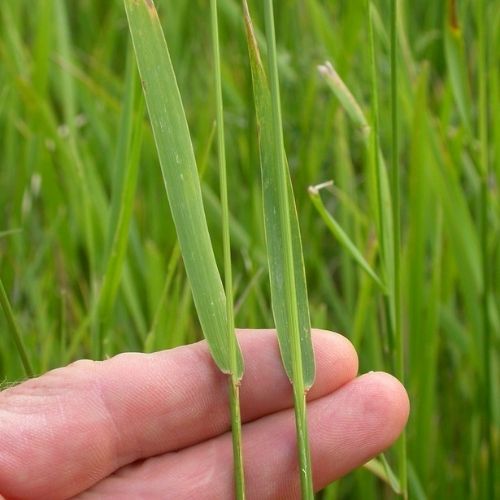
Quackgrass leaves have auricles that hook around the stem.

Grows with white rhizomes that grow continuously.
Want A FREE Quote About Your Weeds?
If you have any other questions, please fill out our form and we can get back to you as soon as possible!



